Verizon is cutting off access to its mobile customers’ real-time locations to two third-party data brokers “to prevent misuse of that information going forward.” The company announced the decision in a letter sent to Senator Ron Wyden (D-OR), who along with others helped reveal improper usage and poor security at these location brokers. It is not, however, getting out of the location-sharing business altogether.
(Update: AT&T and Sprint have also begun the process of ending their location aggregation services — with a caveat, of which below.)
Verizon sold bulk access to its customers’ locations to the brokers in question, LocationSmart and Zumigo, which then turned around and resold that data to dozens of other companies. This isn’t necessarily bad — there are tons of times when location is necessary to provide a service the customer asks for, and supposedly that customer would have to okay the sharing of that data. (Disclosure: Verizon owns Oath, which owns TechCrunch. This does not affect our coverage.)
That doesn’t seem to have been the case at LocationSmart customer Securus, which was selling its data directly to law enforcement so they could find mobile customers quickly and without all that fuss about paperwork and warrants. And then it was found that LocationSmart had exposed an API that allowed anyone to request mobile locations freely and anonymously, and without collecting consent.
When these facts were revealed by security researchers and Sen. Wyden, Verizon immediately looked into it, they reported in a letter sent to the Senator.
“We conducted a comprehensive review of our location aggregator program,” wrote Verizon CTO Karen Zacharia. “As a result of this review, we are initiating a process to terminate our existing agreements for the location aggregator program.”
“We will not enter into new location aggregation arrangements unless and until we are comfortable that we can adequately protect our customers’ location data through technological advancements and/or other practices,” she wrote later in the letter. In other words, the program is on ice until it can be secured.
Although Verizon claims to have “girded” the system with “mechanisms designed to protect against misuse of our customers’ location data,” the abuses in question clearly slipped through the cracks. Perhaps most notable is the simple fact that Verizon itself does not seem to need to be informed whether a customer has consented to having their location polled. That collection is the responsibility of “the aggregator or corporate customer.”
In other words, Verizon doesn’t need to ask the customer, and the company it sells the data to wholesale doesn’t need to ask the customer — the requirement devolves to the company buying access from the wholesaler. In Securus’s case, it had abstracted things one step further, allowing law enforcement full access when it said it had authority to do so, but apparently without checking, AT&T wrote in its own letter to Sen. Wyden.
And there were 75 other corporate customers. Don’t worry, someone is keeping track of them. Right?
These processes are audited, Verizon wrote, but apparently not an audit that finds things like the abuse by Securus or a poorly secured API. Perhaps how this happened is among the “number of internal questions” raised by the review.
When asked for comment, a Verizon representative offered the following statement:
When these issues were brought to our attention, we took immediate steps to stop it. Customer privacy and security remain a top priority for our customers and our company. We stand-by that commitment to our customers.
And indeed while the program itself appears to have been run with a laxity that should be alarming to all those customers for whom Verizon claims to be so concerned, some of the company’s competitors have yet to take similar action. AT&T, T-Mobile and Sprint were also named by LocationSmart as partners. Their own letters to Sen. Wyden stressed that their systems were similar to the others, with similar safeguards (that were similarly eluded).
In a press release announcing that his pressure on Verizon had borne fruit, Sen. Wyden called on the others to step up:
Verizon deserves credit for taking quick action to protect its customers’ privacy and security. After my investigation and follow-up reports revealed that middlemen are selling Americans’ location to the highest bidder without their consent, or making it available on insecure web portals, Verizon did the responsible thing and promptly announced it was cutting these companies off. In contrast, AT&T, T-Mobile, and Sprint seem content to continuing to sell their customers’ private information to these shady middle men, Americans’ privacy be damned.
AT&T actually announced that it is ending its agreements as well, after Sen. Wyden’s call to action was published, and Sprint followed shortly afterwards. AT&T said it “will be ending [its] work with these aggregators for these services as soon as is practical in a way that preserves important, potential lifesaving services like emergency roadside assistance.” Sprint stopped working with LocationSmart last month and is now “beginning the process of terminating its current contracts with data aggregators to whom we provide location data.”
What’s missing from these statements? Among other things: what and how many companies they’re working with, whether they’ll pursue future contracts, and what real changes will be made to prevent future problems like this. Since they’ve been at this for a long time and have had a month to ponder their next course of actions, I don’t think it’s unreasonable to expect more than a carefully worded statement about “these aggregators for these services.”
T-Mobile CEO John Legere tweeted that the company “will not sell customer location data to shady middlemen.” Of course, that doesn’t really mean anything. I await substantive promises from the company pertaining to this “pledge.”
The FCC, meanwhile, has announced that it is looking into the issue — with the considerable handicap that Chairman Ajit Pai represented Securus back in 2012 when he was working as a lawyer. Sen. Wyden has called on him to recuse himself, but that has yet to happen.
I’ve asked Verizon for further clarification on its arrangements and plans, specifically whether it has any other location-sharing agreements in place with other companies. These aren’t, after all, the only players in the game.
Powered by WPeMatico

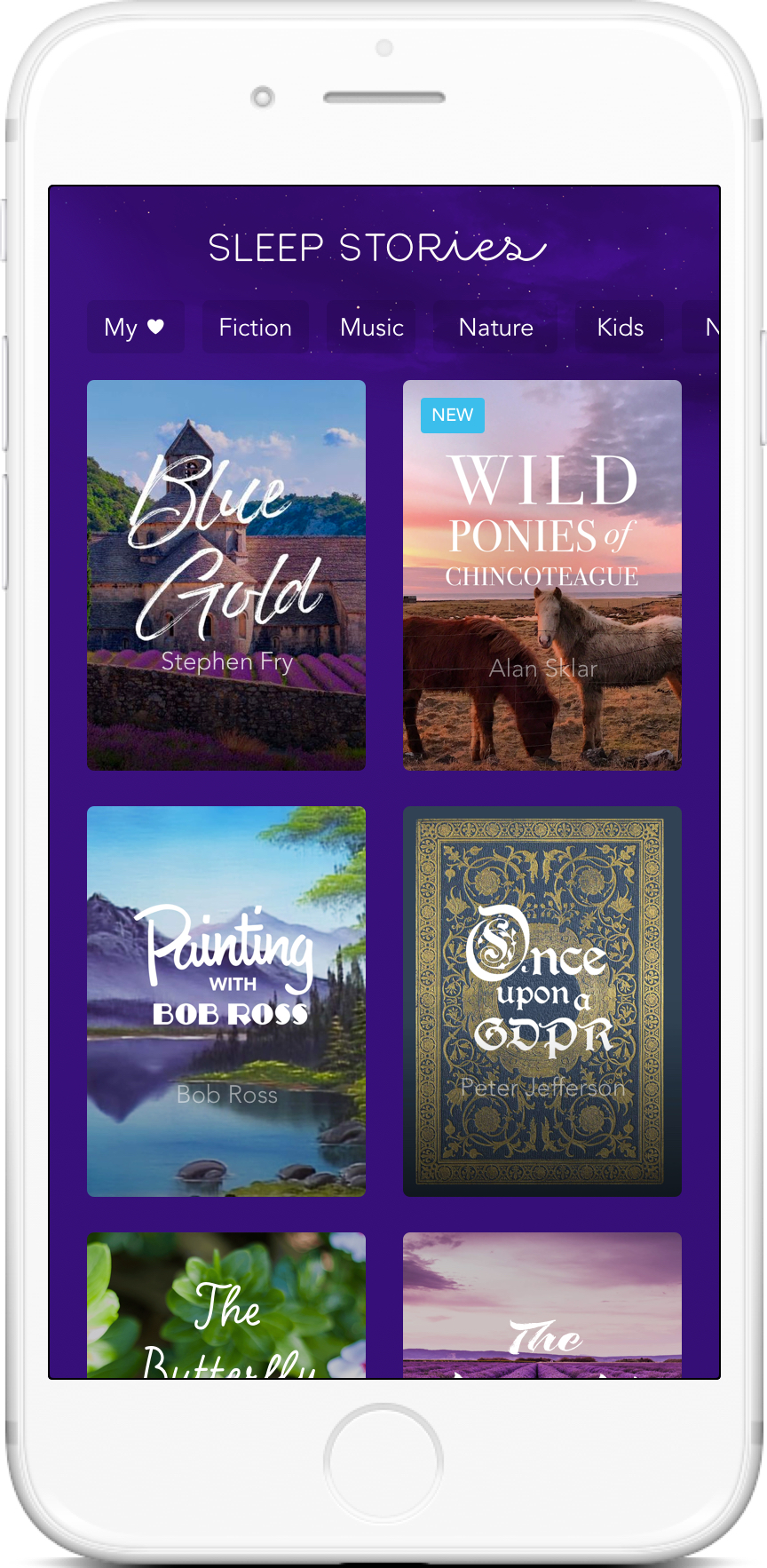
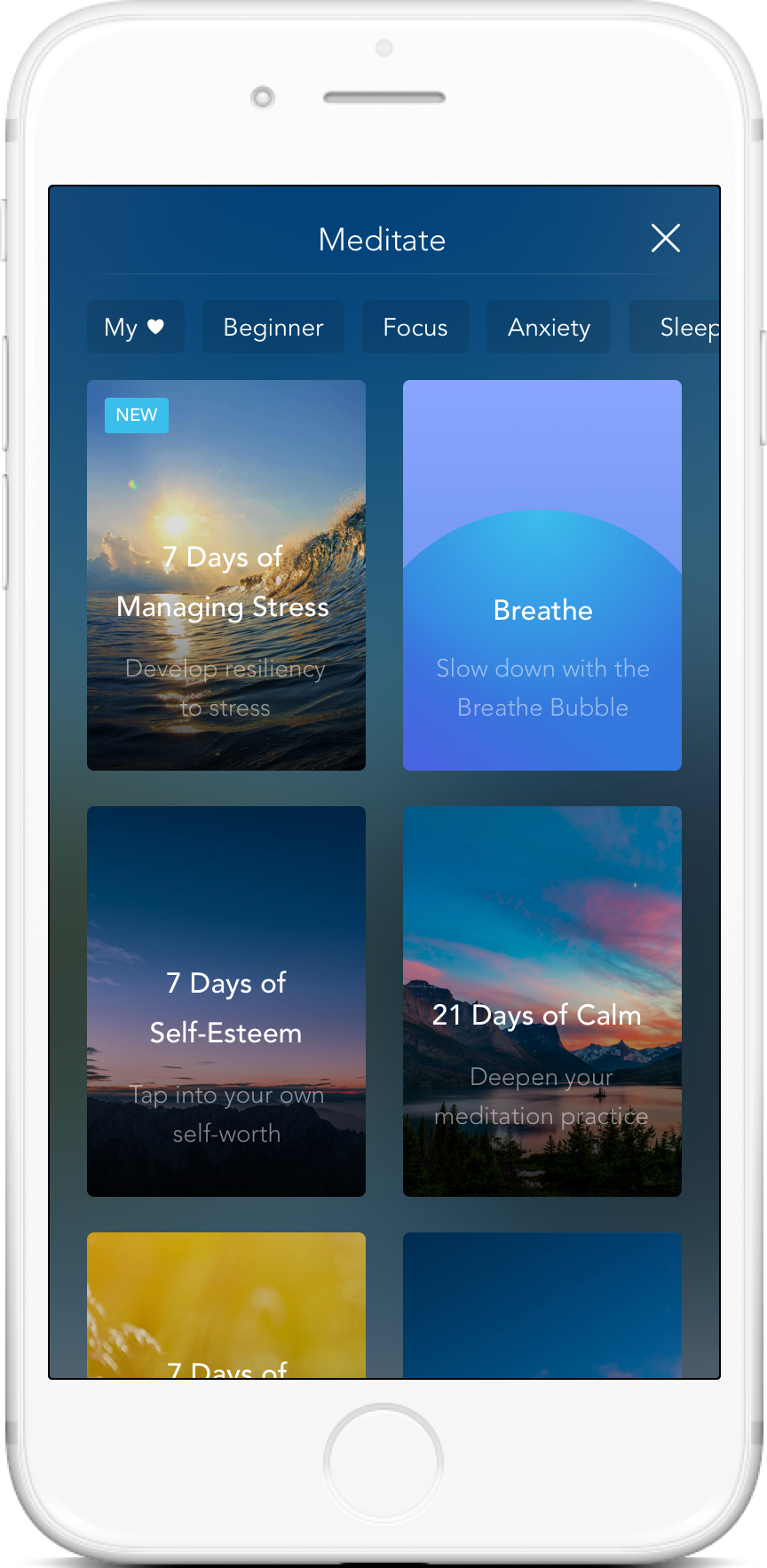
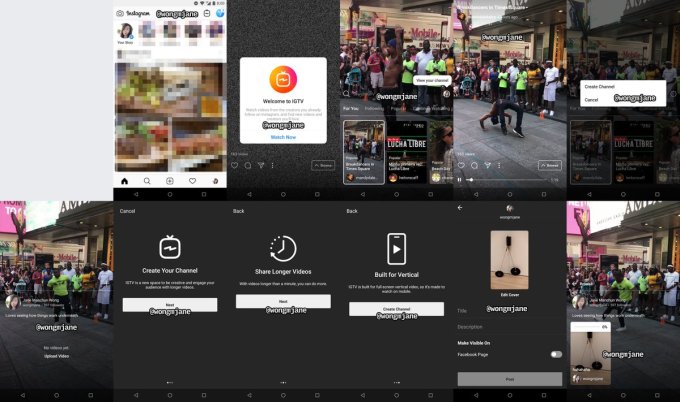
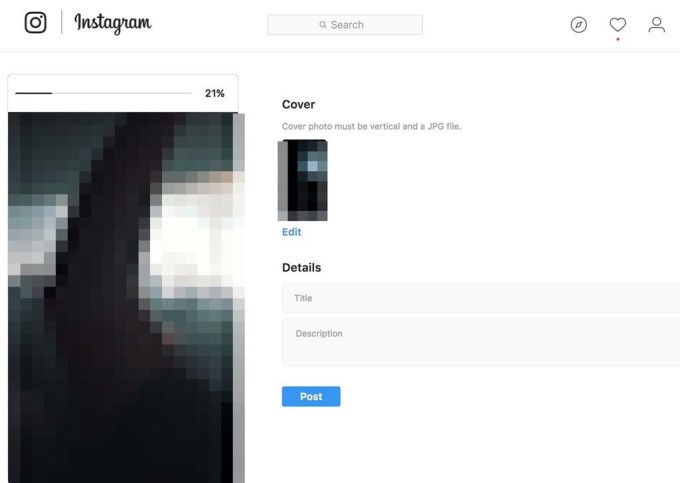

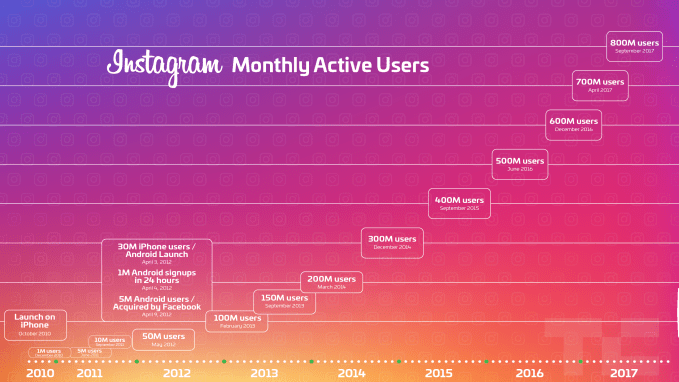



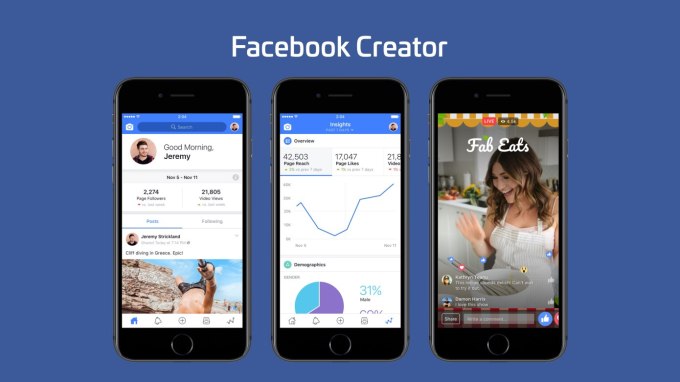
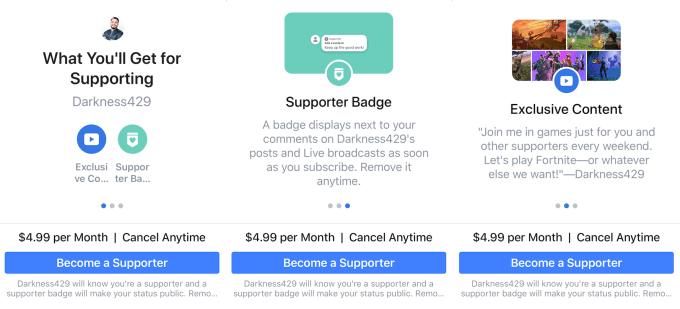
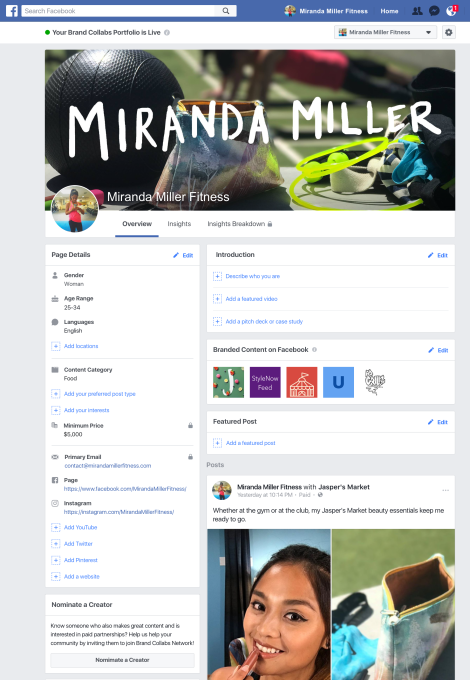 But Vine proved that six seconds can be enough to convey a subtle marketing message. A startup called Niche rose to arrange deals between creators and brands who wanted a musician to make a song out of the windows and doors of their new Honda car, or a comedian to make a joke referencing Coca-Cola. Twitter eventually acquired Niche for a reported $50 million so it could earn money off Vine without having to insert traditional ads. [Disclosure: My cousin Darren Lachtman was a co-founder of Niche.]
But Vine proved that six seconds can be enough to convey a subtle marketing message. A startup called Niche rose to arrange deals between creators and brands who wanted a musician to make a song out of the windows and doors of their new Honda car, or a comedian to make a joke referencing Coca-Cola. Twitter eventually acquired Niche for a reported $50 million so it could earn money off Vine without having to insert traditional ads. [Disclosure: My cousin Darren Lachtman was a co-founder of Niche.]


